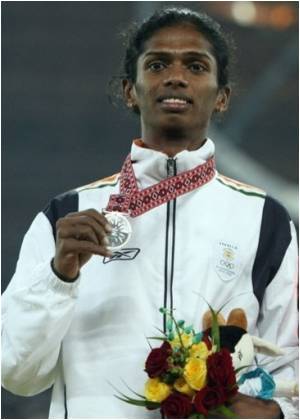Men's 100 m sprint will be one event not to miss this summer, says Steve Haake, director of the Centre for Sports Engineering at Sheffield Hallam University in the UK.

The model shows that the performance-improvement index in the men's 100 m sprint is increasing at a time when those of other events, such as javelin and swimming, have plateaued or decreased.
Some of the reasons for these changes, which Haake described, are because of technological interventions that have changed the face of the sport. The performance of javelin throwers, for example, was improving drastically up until the mid-1980s, to a point where officials were concerned for crowd safety.
At the time, javelins would float to the ground and land flat, meaning it was very hard to tell where the tip had hit the ground. As such, the International Association of Athletics Federations (IAAF) changed the specifications of the javelin itself, moving its centre of mass towards the tip by 4 cm and so forcing the javelin to land on its tip, thus reducing throwing distances by about 9 m.
Haake also described the step-change in the men's 100 m in the mid-1970s with the introduction of fully automated timing.
In swimming, an unprecedented 25 and 47 world records were broken in 2008 and 2009, respectively, with tight-fitting, full-body swimsuits seen as the main reason.
Advertisement
As Haake writes, "One way of finding out how exactly technology affects sporting performance is to examine the physics involved. We can then try to quantify the effect of technology on sporting events - and find out whether it really is all about the equipment."
Advertisement
Source-ANI








